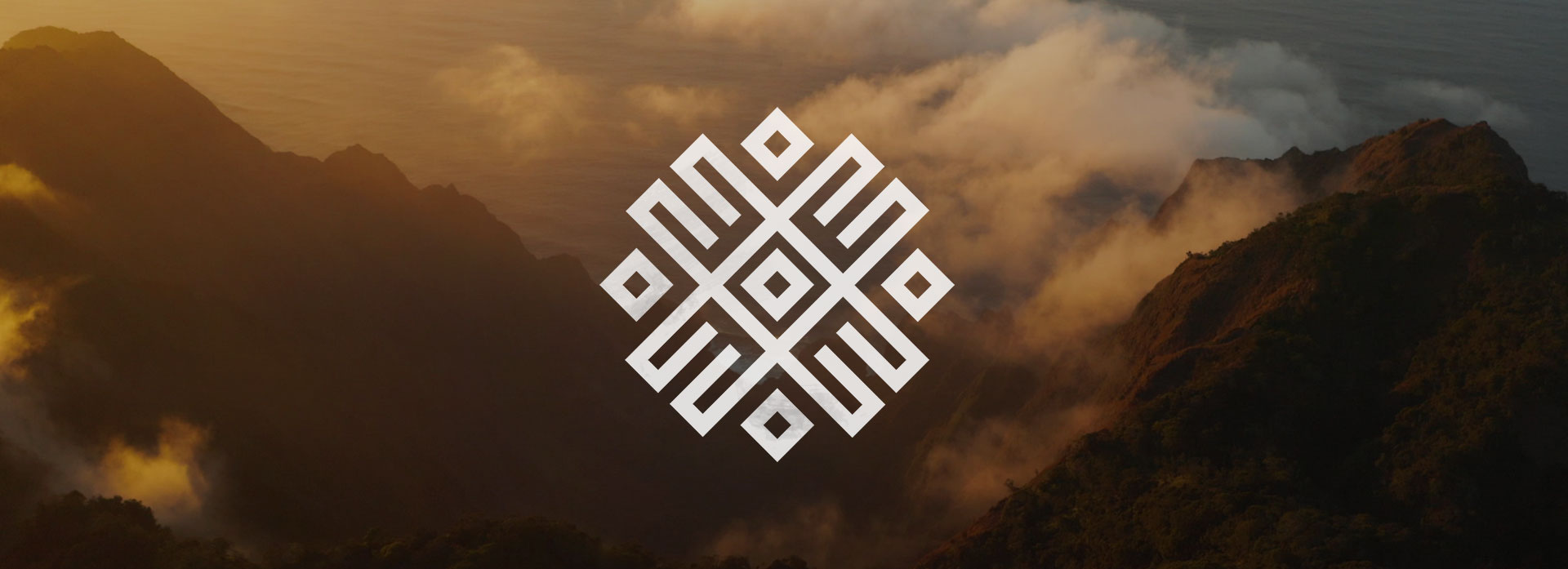Rahigina
The Decaying Home of the Rahigi
There's the pillar we've been looking for. If all goes well, a Rahigi group should arrive before dusk. Perhaps we'll cross this damned desert after all.
Climate and Nature
Most of the Rahigina had once a cold semi-arid climate, but over the passage of centuries the sands from the south have kept expanding northward. Every new year, less and less rain water reaches the soil and much of the native wildlife has perished. Only a few areas have retained their semi-arid climate, but most of the land is now a desert. These more habitable reaches of the Rahigina are home to the sapblood trees, a vital resource to the natives of the area. During the height of summer, temperatures in the Rahigina reach around 35°C on average. With the arrival of winter, those temperatures will fall to around 16°C. With the land being so flat and devoid of obstacles, sandstorms are also a common occurrence.Trade Routes
Trade between those east of the great gulf and those west of the desert is exceedingly rare. Crossing the sands is an arduous journey and eastern merchants are often unaware of what awaits them on the other side. Despite all those hurdles, there are still some who make the journey and reach the distant realms of Hlulane and Le Zhea.
Orange Pumpkin by Jessica Lewis
Rahigi Guides
Without the help of Rahigi guides, access across their native lands would be impossible. Well-traveled individuals from different tribes have collaborated to build a network of pillars made from whatever they could get their hands on. These markers allow the guides to find the right path across the land. Since the landscape changes constantly as the sand blows with the wind, new pillars are built regularly and they extend the old ones to make sure that they are visible. The guides charge a hefty fee for their services and the wealth they’ve earned has given many of them respect and power among their people.
Type
Desert
Location under
Related Ethnicities
Inhabiting Species
Related Myths



Those depthless pits sound absolutely horrifying. D: I like the description of the sand slowly spreading throughout the years.